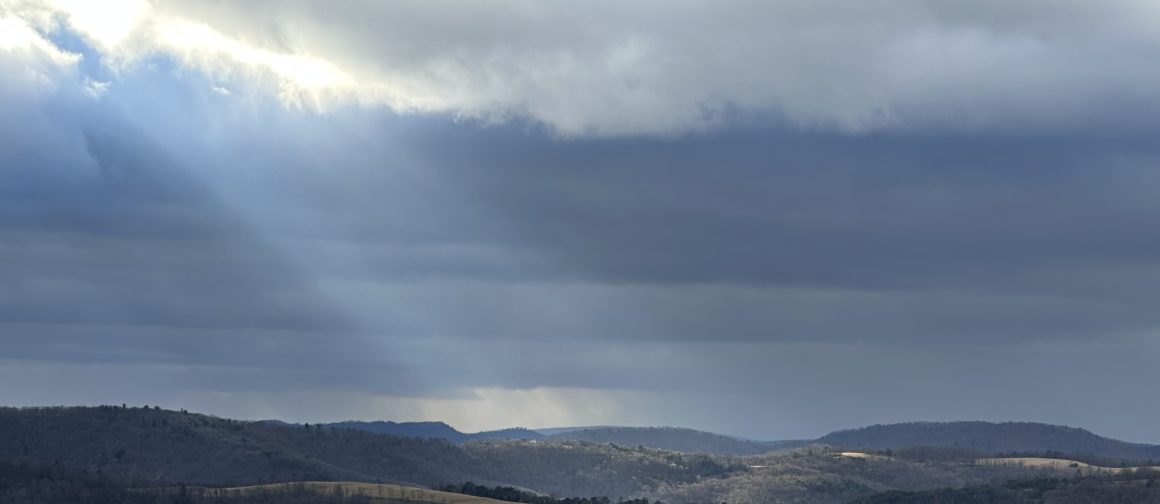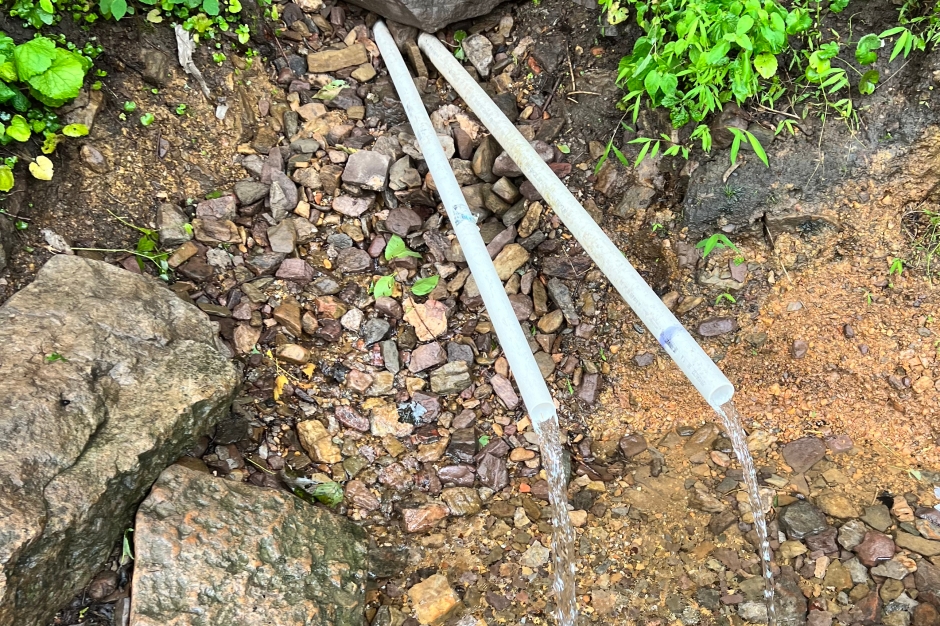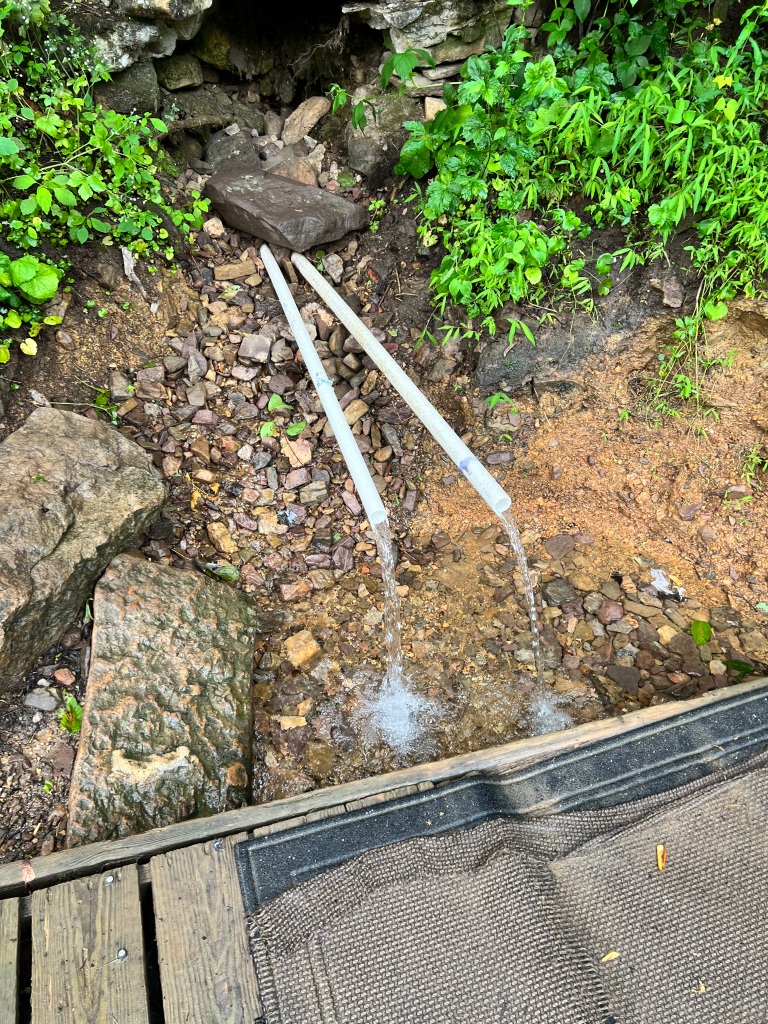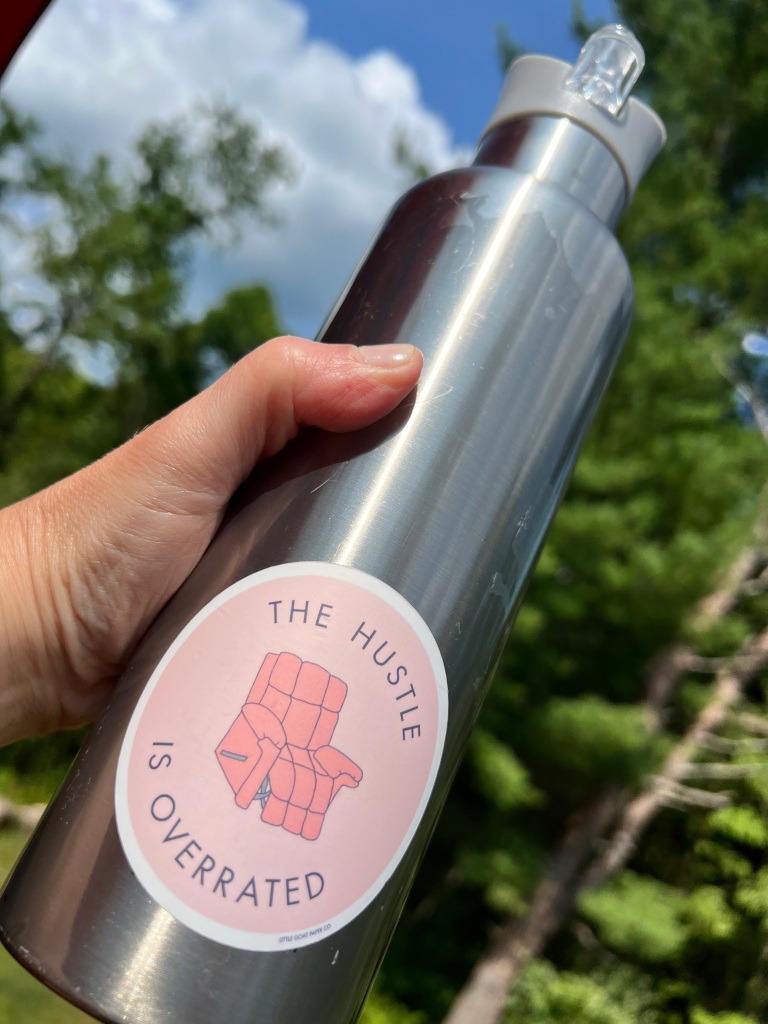Start the New Year with a Deep Dive into Your Writing

Join a small, welcoming, and supportive community of writers for a personalized writing retreat at one of West Virginia’s most beautiful State Parks. Writers will stay in the historic cabins of Lost River State Park, a little over 2 hours outside of DC.
Writers of all experience levels and projects are welcome. This retreat will provide a perfect opportunity for those who have been wanting to dive into that book project, collection, essay, family history, or script.
Retreat includes a one-on-one consultation with award winning writer, Dr. Michelle LaFrance. Michelle has taught writing, coached writers, and facilitated writing communities for over 20 years.
Registration fee includes a private room in an updated cabin, morning movement/yoga sessions, a Saturday evening reading of your work (in Wardensville, WV), and all meals.
Initial Deposit: $187.50; Remainder of payment due upon or before arrival
More on Michelle LaFrance and Writing Lost River: Writinglostriver.org
To reserve your space or for inquiries: mlfpoet@gmail.com
More on Lost River State Park: https://tinyurl.com/nhf8b5et
—> We have reserved cabins 7, 14, 15, 16 and 17.
–> Two friendly and well behaved dogs are welcome to attend this retreat with their people.
Retreat Schedule
Thursday, January 4th
3:00 pm: *Check in/Settle In/ Start Writing
6:30 pm: Dinner and Introductions to Other Writers
7:30 pm: Private writing time
Friday, January 5th
8:00 am: Morning Movement with Havala (Optional)
8:00 am to 10 am: Coffee and breakfast
8 am to 6:30 pm: Private writing time
Noon to 2:00 pm: Pick up sack lunch
4:00 pm: Optional Gentle Hike w/ Michelle
6:30 pm: Dinner
Meetings with Michelle 12:00 pm to 9:00 pm
Saturday, January 6th
8:00 am: Morning Movement with Havala (Optional)
8:00 am to 10:00 am: Coffee and breakfast
8:00 am to 3:30 pm: Private writing time
Noon to 2:00 pm: Pick up sack lunch
Meetings with Michelle noon to 3:00 pm
3:30 pm: Visit Wardensville, Reading at Word Play
5:30 pm: Dinner at Mac’s Bingo
7:30 pm: Return to Cabin Private Writing Time
Sunday, January 7th
8am: Morning Movement with Havala (Optional)
8 am to 10 am: Coffee and breakfast
11:00 am Check Out/Pack Cars
Noon: (Optional) Gentle Hike
1 pm: Return home












